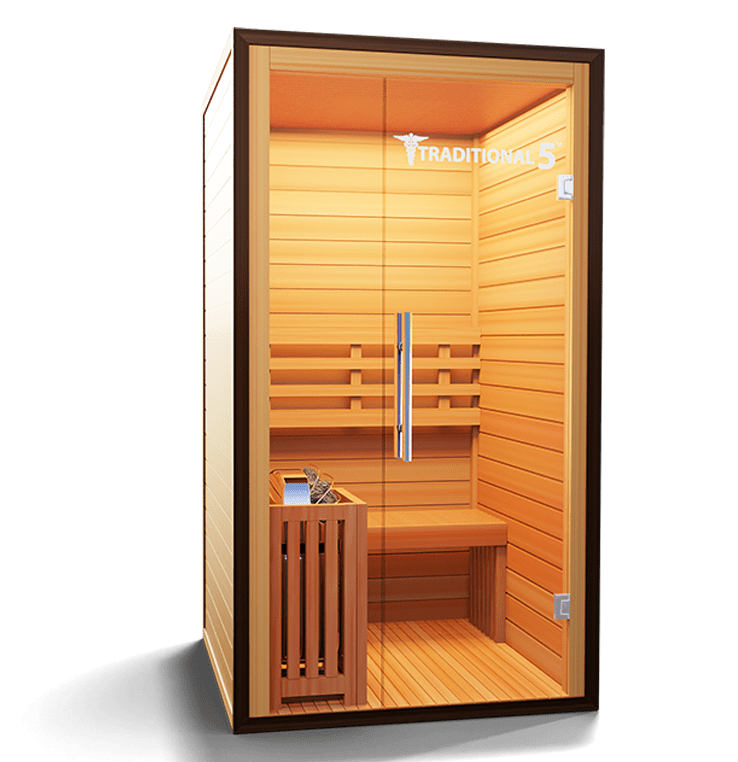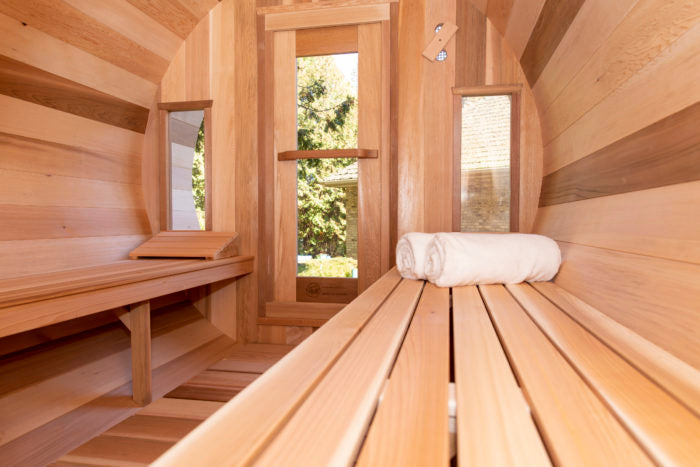How Traditional Sauna can Save You Time, Stress, and Money.
How Traditional Sauna can Save You Time, Stress, and Money.
Blog Article
Some Of Traditional Sauna
Table of ContentsGetting My Traditional Sauna To WorkAll about Traditional SaunaThe 7-Second Trick For Traditional SaunaSome Ideas on Traditional Sauna You Should KnowThe Best Guide To Traditional Sauna
A lot of the weight lost in a sauna is water loss and is re-gained upon rehydrating. Without a doubt sauna can be a vital part of a healthy weight loss program. To consider the differences in between typical and IR saunas, I will separate these right into verifiable, theoretical, and produced differences.Hence, the hottest factor in the saunawhich is at the ceiling straight above the sauna heateris generally in between 185 and 190 F. Claims that a conventional sauna goes beyond 200 F is just not real and not suitable for electrical saunas offered in the United States. The temperature for a far-infrared sauna is generally set in between 120 and 140 F; however, unlike the standard sauna, the goal in and IR space is not to attain a heat.
As a result of this, the temperature distinction is almost pointless, since excessive sweating causes both sauna types, however the approach of heating the body is different. In an IR sauna the bather will certainly really feel hot and will sweat a lot, yet at much lower temperature levels (Traditional Sauna). Hence, if the goal is to spend longer periods of time in the sauna, the IR sauna is an excellent choice
When a conventional sauna has actually been effectively heated, the sauna walls are warm, the air temperature level has actually achieved set temperature and the rocks are incredibly warmed. As an intriguing side note, the warmed walls and the rocks are discharging far-infrared heat, combined with the heated air, to produce an "covering warm".
The 5-Second Trick For Traditional Sauna

When the heat is attained, the aspects cycle on and off to preserve the high temperature. The majority of typical sauna individuals delight in pouring water over the rocks to develop heavy steam to raise sauna moisture levels. The advantages of pouring water over the rocks include: making the area much more comfy, dampening the nasal passages, and permitting the use of aromatherapy by blending necessary oils with the water.

When the energy gets in the body, it causes the body temperature level to increase and eventually causes perspiration. In an infrared sauna it is essential for the emitters/heaters to remain on nearly constantly. Considering that there is no mass of rocks to preserve heat, the sauna will certainly cool down if the emitters turned off.
As discussed over, the sauna bather in an infrared area wishes to place himself in front of operating emitters to obtain maximum advantage from the heat. The heating time for the 2 areas can be very different, relying on just how the rooms are utilized. For a typical sauna, a bather needs to allow 30-40 minutes for the space to accomplish a wanted temperature level and to correctly pre-heat the rocks.
The Best Guide To Traditional Sauna
A well constructed sauna will typically achieve a temperature level of 150-160 F in about 30-40 minutes. For hotter temperatures, the room might need to heat for a longer duration.

Conventional saunas often tend to be larger (for this reason use more power) than infrared saunas, although conventional saunas are absolutely available in one and two individual dimensions. For a two-person conventional sauna, 5x6 or 5x7 dimension is most preferred. The top bench can easily seat 2 or three people and is likewise long sufficient to Source relax during the sauna session.
Some Known Details About Traditional Sauna
The average cost per kWH of electrical power in the U.S. is around $0.11, so a 4.5 kW heating system will certainly set you back about $.50 to compete one hour, if the heating system runs continually for one hour. Generally a sauna heating unit will compete 75% of the very first hour and 50% of succeeding hours on considering that the aspects cycle once the set temperature is accomplished.

Finally, there is a hardly ever reviewed distinction in the social experience between both spaces. While our society has actually shed a few of the social benefit of the traditional sauna experience, it can be really socially satisfying (Traditional Sauna). From family time in the sauna, to heart-felt discussions with considerable others, to sauna partiesthe typical sauna experience can cause intimate socializing
The 5-Minute Rule for Traditional Sauna
The majority of greater end infrared rooms include colored light therapy, noise systems and full-glass fronts.
Report this page